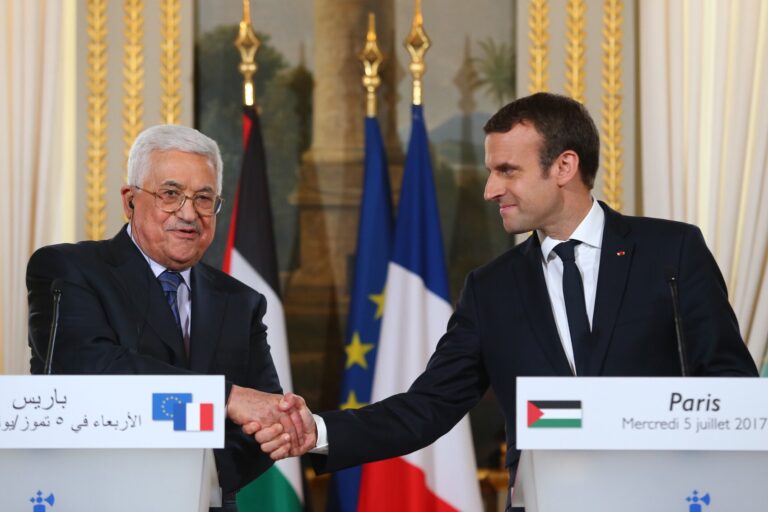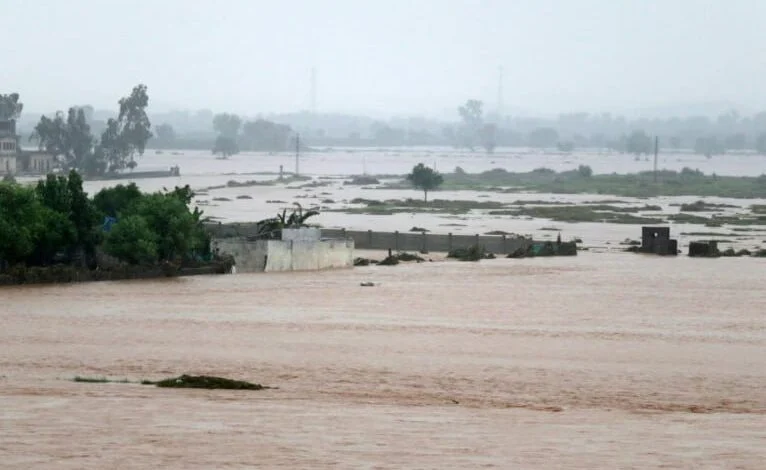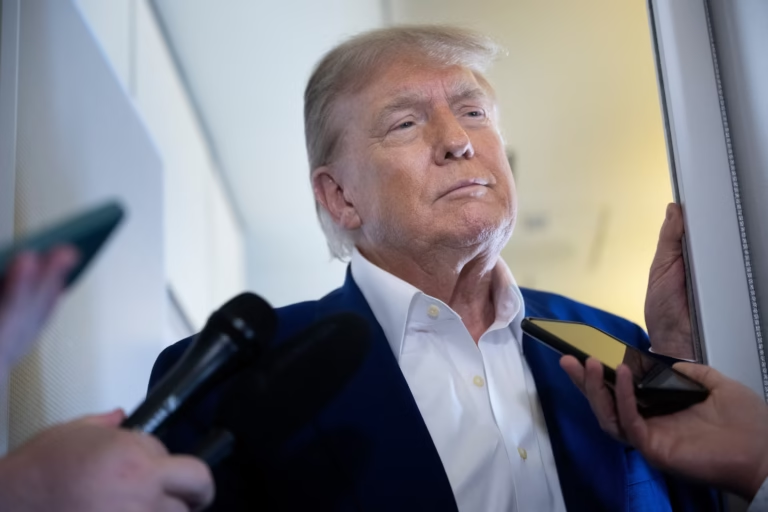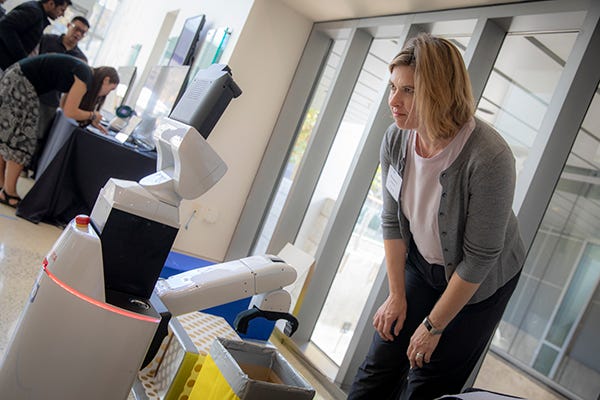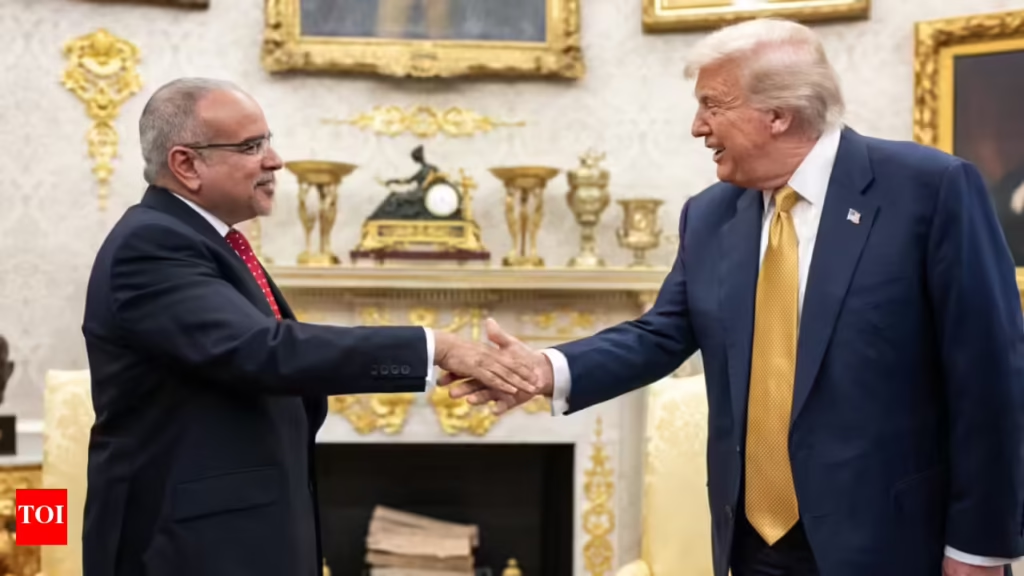
U.S. President Donald Trump recently welcomed Gulf leaders to the White House for high-level discussions, even as escalating violence in the Middle East cast doubt on the region’s fragile stability. The meeting, which included key Arab diplomats, came at a critical time, with renewed clashes threatening peace efforts.
Key Discussions and Regional Tensions
The gathering aimed to strengthen U.S.-Gulf relations, focusing on economic partnerships, counterterrorism, and energy security. However, the talks were overshadowed by fresh outbreaks of violence in conflict zones, raising concerns about the effectiveness of diplomatic efforts.
Analysts suggest that the timing of the meeting highlights the challenges facing the region, where geopolitical rivalries and internal conflicts continue to undermine long-term peace. The U.S. has historically played a mediating role, but recent tensions have tested its influence.
Global Reactions and Future Implications
World leaders are closely monitoring the situation, as any escalation could impact global oil markets and regional alliances. The White House has yet to release an official statement on potential policy shifts, but experts believe the discussions could shape future U.S. strategies in the Middle East.
As violence persists, the international community remains divided on the best path forward. Will diplomatic engagement prevail, or will renewed conflict derail progress? The answers may depend on the next steps taken by both regional players and global powers.
Humanized Version (More Engaging & Conversational)
Trump Meets Gulf Leaders as Middle East Violence Sparks Concerns
When former President Donald Trump sat down with Gulf leaders at the White House, the agenda was clear: strengthen alliances and discuss pressing regional issues. But just outside the walls of diplomacy, new waves of violence were stirring—raising tough questions about whether peace is truly within reach.
What Was on the Table?
The closed-door meetings covered everything from oil deals to counterterrorism strategies. Yet, despite the high-level talks, the shadow of recent clashes loomed large. With conflicts flaring up in hotspots across the Middle East, many are wondering—can diplomacy keep up with the chaos?
Why This Meeting Matters Now
The timing couldn’t be more critical. As tensions rise, so do fears of a broader regional crisis. The U.S. has long positioned itself as a key mediator, but with shifting alliances and ongoing unrest, its role is being put to the test.
What’s Next for the Region?
The world is watching. Another escalation could send shockwaves through global markets and reshape alliances. While the White House hasn’t revealed its next move, one thing is certain: the stakes have never been higher.
Will dialogue win out, or will violence dictate the future? The answer may depend on what happens next—both in the halls of power and on the ground.

